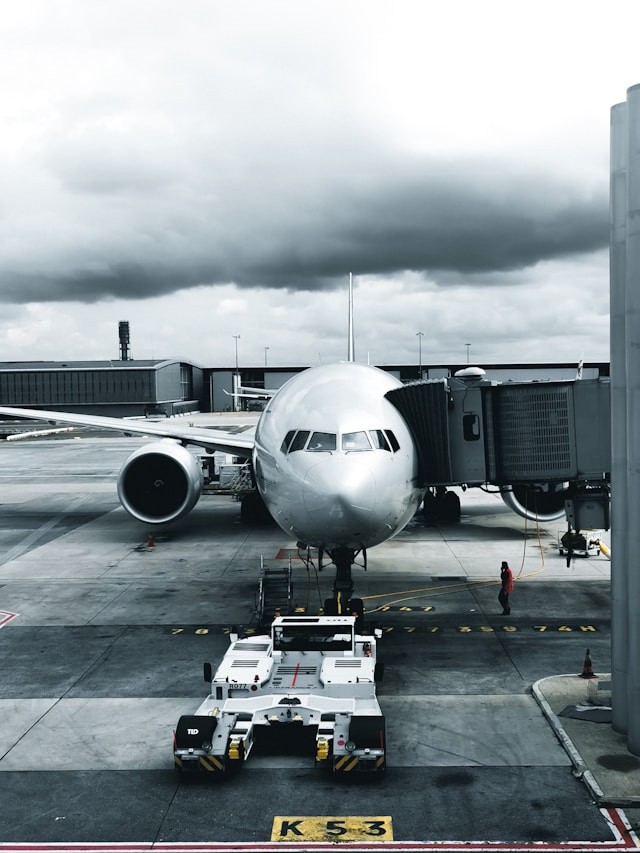
Another whistleblower at Boeing has recently emerged, raising concerns about production quality problems with the 787, the company's widely-used carbon fiber widebody jet.
FAA Probing Another Boeing's Safety Allegation
On Tuesday, the US Federal Aviation Administration (FAA) announced that there were probing allegations from a Boeing whistleblower who claimed that the company overlooked safety and quality issues while manufacturing its 787 and 777 jets, as stated by an agency representative.
The aircraft manufacturer has been contending with a significant safety crisis that has severely impacted its reputation. The crisis stems from a mid-air panel blowout incident on a 737 MAX plane on January 5. In response, the company has implemented a management restructuring, while US regulators have imposed restrictions on its production, causing deliveries to plummet by half in March.
A Whistleblower's Retaliation Allegations
Sam Salehpour, Boeing's veteran engineer, accusations are related to his involvement in the development of the company's widebody 787 and 777 jets, alleging he encountered retaliation, including threats and exclusion from meetings after he raised concerns about engineering issues impacting the structural integrity of the jets.
According to a statement from Katz Banks Kumin, the law firm representing him, Salehpour noted shortcuts used by the company to alleviate bottlenecks during the 787 assembly process, allegedly leading to excessive stress on over 1,000 airplane joints. The statement emphasized that such manufacturing errors could substantially decrease the aircraft's lifespan and might be challenging to detect.
Boeing's Excessive Force Application to Align Plane Parts
As The New York Times initially reported, Salehpour revealed that the company is employing excessive force on its production lines to ensure that sections of the 787 fuselage, manufactured by various subcontractors, align properly.
During a press availability arranged by his attorneys, Salehpour remarked that he saw people jumping on the airplanes to get pieces to align, potentially damaging the parts.
Years of FAA's Investigation
Boeing paused deliveries of the 787 widebody jet for over a year until August 2022, while the FAA investigated quality issues and manufacturing defects.
In 2021, Boeing disclosed that certain 787 airplanes had shims of incorrect sizes, while some aircraft had sections that did not meet skin-flatness standards. Shims are thin materials utilized to fill small gaps in manufactured products.
Boeing's Manufacturing Confidence
Boeing expressed full confidence in the 787 Dreamliner, asserting that the claims are inaccurate and do not reflect the extensive efforts it has undertaken to guarantee the quality and long-term safety of the aircraft and that concerns raised have undergone thorough engineering scrutiny under FAA supervision. According to the company, this analysis has confirmed that the identified issues do not pose any safety risks, and the aircraft will retain its operational lifespan over several decades. Boeing reiterated its commitment to establish regulatory procedures and encourage all employees to report any issues as they arise.
While Boeing highlighted that the material used in the 787's hull makes it less prone to corrosion and fatigue than traditional metal fuselages, Salehpour's complaint suggests that the material is also less likely to exhibit visible external signs of stress before reaching a critical failure point.
Salehpour, scheduled to testify before Congress later in April, disclosed that he was reassigned from the 787 program after raising concerns and addressing alleged quality control problems in 777 production, which he had also documented.



